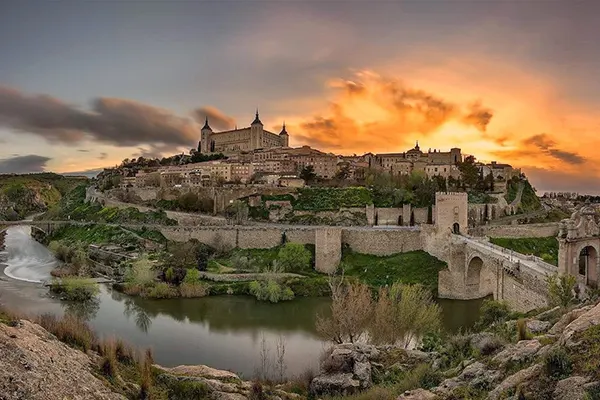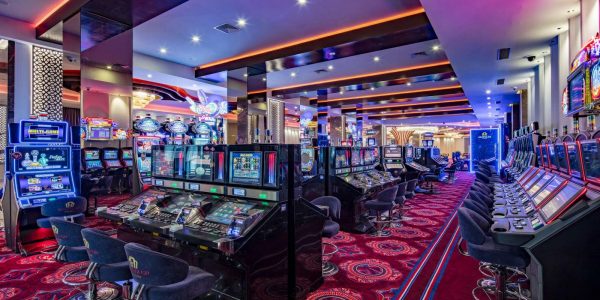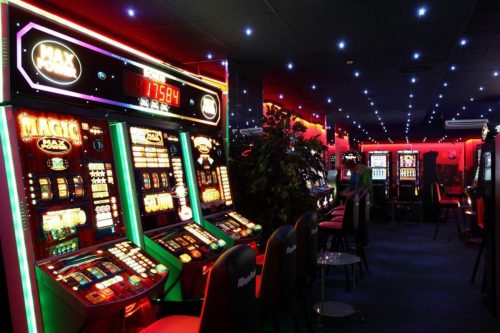
Toledo – The City of Swords, Cathedrals and Legends in the Heart of Spain
Toledo, perched dramatically above the Tagus River in central Spain, is a city where history whispers from every stone wall and iron gate. Known as “The City of Three Cultures,” it has long been a melting pot of Christian, Muslim and Jewish influences. As of February 2025, Toledo remains one of Spain’s most captivating travel destinations, renowned for its sword-making heritage, breathtaking cathedrals, and rich folklore that echoes through its narrow medieval streets.
Toledo’s Legacy of Swordcraft
For centuries, Toledo has been internationally recognised for its masterful sword production. Dating back to Roman times, the city became renowned in the Middle Ages as the birthplace of some of Europe’s finest blades. By February 2025, artisan workshops in Toledo still produce traditional weapons using centuries-old techniques, with shops near the Alcázar offering handmade replicas of historical swords.
Toledo’s steel was once the gold standard for European armies and even Islamic caliphates, prized for its strength and flexibility. Today, modern tourists and collectors alike visit the city not only to admire the craftsmanship but also to purchase replicas and ceremonial pieces crafted by local blacksmiths. These workshops contribute to the city’s economy and cultural preservation, sustaining a tradition that bridges past and present.
Guided experiences now allow visitors to witness forging demonstrations, learning about tempering methods once shrouded in secrecy. In February 2025, the industry is experiencing renewed interest, particularly from fans of historical cinema and gaming, where Toledoan swords often feature in visual storytelling.
The Alcázar’s Role in Sword Heritage
The Alcázar of Toledo, a fortress with roots stretching to Roman occupation, was once a key centre for the distribution of Toledo steel. It served as a military academy and weapon storehouse. Today, it houses the Army Museum, where visitors can explore extensive collections of ancient weaponry, including many Toledo-forged pieces.
Through carefully curated exhibitions, the Alcázar demonstrates the evolution of sword-making in Toledo and the pivotal role of the military in shaping the city’s identity. Multimedia exhibits now provide augmented reality experiences, bringing to life historical figures and events connected to Toledo’s martial legacy.
This fusion of history and innovation makes the Alcázar an unmissable destination for anyone wishing to grasp the depth of Toledo’s sword-making reputation. With cutting-edge curation, it preserves the authenticity of the craft while captivating younger audiences raised on digital interactivity.
Religious Architecture and the Cathedral of Toledo
One cannot speak of Toledo without mentioning its architectural grandeur. The Toledo Cathedral, formally known as the Primate Cathedral of Saint Mary, is a masterpiece of Gothic architecture and one of the most significant religious buildings in Spain. As of February 2025, restoration efforts continue to enhance its historic stained-glass windows and intricate altars.
The Cathedral holds centuries of art and devotion within its vast nave and chapels. From El Greco’s paintings in the Sacristy to the detailed Choir stalls carved in the 15th century, the cathedral is both a place of worship and a museum of religious artistry. Its Treasury contains the Monstrance of Arfe, used annually during the Corpus Christi procession.
Religious harmony also characterises Toledo’s urban layout, where synagogues and mosques blend into the cityscape. The Synagogue of Santa María la Blanca and the Mosque of Cristo de la Luz exemplify the co-existence of different faiths. Restoration projects in 2025 focus on digital mapping of these monuments to better preserve their structural integrity and historical narratives.
Legend and Faith Intertwined
Many of Toledo’s religious sites are steeped in legend. For example, it’s said that the Virgin appeared in the Cathedral to inspire its construction, while local lore surrounding El Cristo de la Vega paints tales of divine justice and miracle. These stories are not just folklore – they shape the city’s religious identity and are celebrated in local festivals.
February 2025 sees continued interest in spiritual tourism, with pilgrims and cultural travellers exploring the intersection of myth and faith. The city’s ecclesiastical sites offer guided tours incorporating storytelling to engage visitors of all ages and beliefs.
This rich fusion of myth and reality transforms Toledo into a living narrative, where every column, fresco and bell toll echoes a story handed down through generations. Faith here is not only practised but lived through the city’s cultural fabric.

Legends That Shape the City’s Identity
Toledo is as much a city of myths as it is of monuments. Its legends form an essential part of local heritage, influencing everything from street names to annual festivals. Stories of enchanted caves, haunted monasteries and heroic knights are still told in 2025, supported by oral traditions and cultural programming from the city council.
The legend of the Cave of Hercules, for instance, speaks of an ancient library guarded by mystical forces beneath the city. Though no archaeological proof exists, its tale fuels local curiosity and inspires creative events, such as escape room challenges and theatre performances based on the myth.
Another popular narrative is that of the Lovers of Toledo, a tragic tale of forbidden love set against a backdrop of religious division. This story, retold in plays and romantic festivals, embodies Toledo’s spirit of cultural crossroads and timeless emotions that transcend history books.
Modern Storytelling and Cultural Preservation
In February 2025, the city continues to support storytelling through cultural initiatives like the “Noches Toledanas” festival, which features live performances, shadow theatre and historical reenactments. These efforts ensure that legends are not forgotten but reimagined for new generations.
Digital storytelling also plays a role in preserving and amplifying these tales. Augmented reality apps allow tourists to explore Toledo through interactive legends, while podcasts and guided audio tours bring its ghosts and heroes to life in different languages.
This blending of past and present creates a city narrative that remains vibrant, accessible and relevant, making Toledo a unique cultural experience for history lovers and casual visitors alike.
Popular articles
-
Ohrid, North Macedonia — A Timel...
Ohrid is one of the oldest …

-
The biggest and most famous casinos
In recent times, fans of the …

-
Gambling tourism in Europe
Casinos have existed for many years, …

